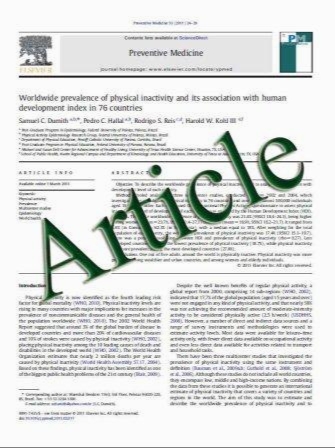Comparison between on-label versus off-label use of drug-eluting Vcoronary stents in clinical practice: results from the German DES.DE-Registry
- نوع فایل : کتاب
- زبان : انگلیسی
- مؤلف : Timm Bauer Christoph A. Nienaber Ibrahim Akin Karl-Heinz Kuck Matthias Hochadel Jochen Senges Thomas Fetsch Ulrich Tebbe Stefan N. Wil
- چاپ و سال / کشور: 2011
Description
Background Observational studies from the USA have demonstrated that off-label use of drug-eluting stents (DES) is common. Data on off-label use in Western Europe are limited. Methods We analyzed the data of consecutive patients receiving DES prospectively enrolled in the multicenter German DES.DE registry (Deutsches Drug-Eluting Stent Register) between October 2005 and October 2006. Off-label use was defined in the presence of one of the following criteria: ST-elevation myocardial infarction, in-stent stenosis, chronic total occlusion, lesions in a bypass graft, in bifurcation or left main stem, stent length per lesion C32 mm, and vessel diameter\2.5 or[3.5 mm. Results Overall, 4,295 patients were included in this analysis and divided into two groups: 2,366 (55.1%) received DES for off-label and 1,929 (44.9%) for on-label indications. There were substantial differences in the rates of off-label use at the participating hospitals. Patients with off-label DES more often presented with high-risk features such as acute coronary syndrome, cardiogenic shock, congestive heart failure, and more complex coronary anatomy. Among hospital survivors, the incidence of the composite endpoint of death, myocardial infarction and stroke (MACCE) (9.2 vs. 7.4%, p\0.05), and target vessel revascularization (TVR) (11.3 vs. 9.1%, p\0.05) was increased in the off-label group at the 1-year follow-up. However, in the multivariate analysis off-label use was not linked with an elevated risk for MACCE (hazard ratio 0.86, 95% confidence interval 0.62–1.18) and TVR (hazard ratio 1.05, 95% confidence interval 0.78–1.42). Conclusions In clinical practice, DES was very frequently used off-label. After adjustment for confounding variables, off-label use was not associated with an increase of adverse events.
Clin Res Cardiol (2011) 100:701–709 Received: 7 November 2009 / Accepted: 23 February 2011 / Published online: 18 March 2011


